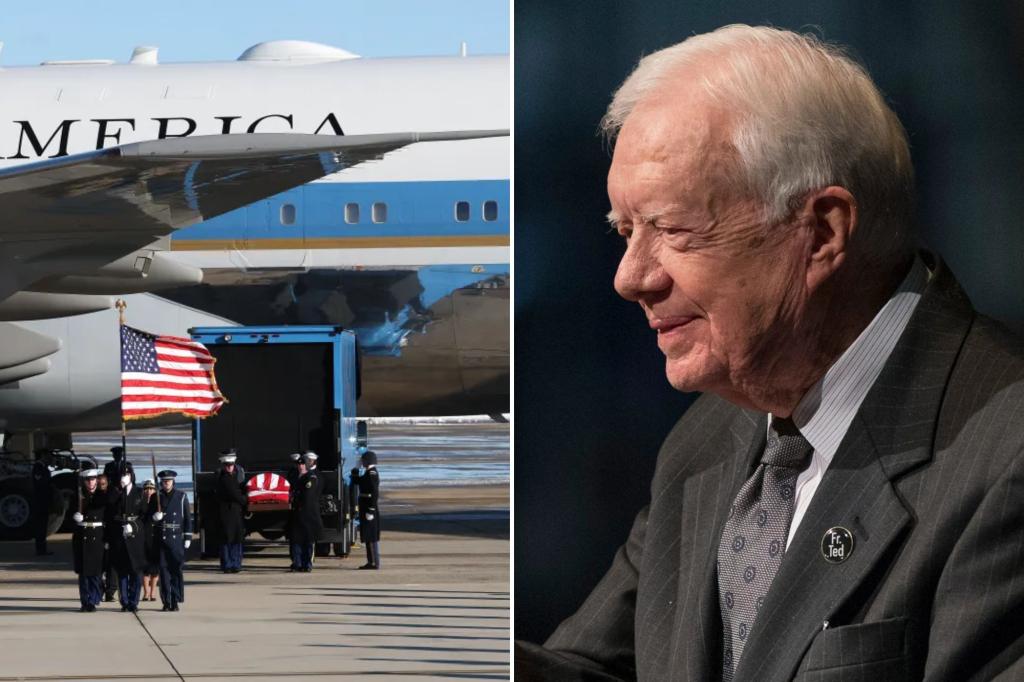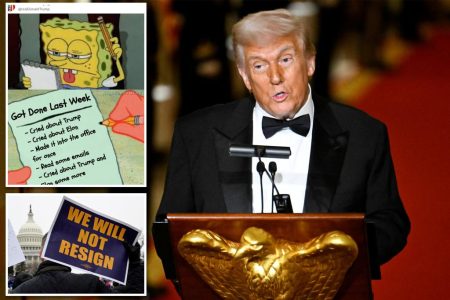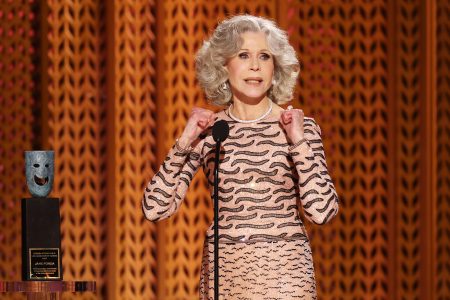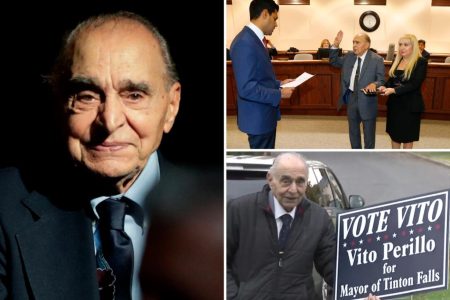Jimmy Carter, the 39th President of the United States, returned to the Washington D.C. area for a three-day state funeral, commencing nearly 44 years after his departure from the capital following a decisive electoral defeat. His journey began in Atlanta, where his remains had been lying in repose at the Carter Presidential Center since Saturday. Accompanied by family, the casket was transported from the Carter Center to Dobbins Air Reserve Base, where it was loaded onto Special Air Mission 39, a Boeing 747 that serves as Air Force One when the sitting president is aboard. This marked a unique moment, as Carter himself never flew on this specific aircraft during his presidency. The flight landed at Joint Base Andrews in Maryland, from where a motorcade transported Carter’s remains to the Capitol building for a congressional memorial service.
The departure from Atlanta was marked by solemn military honors, including a firing of cannons and the playing of hymns, reflecting Carter’s deep Baptist faith. Upon arrival in Washington, the hearse paused at the U.S. Navy Memorial, a tribute to Carter’s status as the only U.S. Naval Academy graduate to achieve the presidency. From there, a horse-drawn caisson carried the casket to the Capitol, where Carter lay in state, offering the public and officials an opportunity to pay their respects. The ceremonial procedures, while traditional for a deceased president, also carried unique elements reflecting Carter’s life and values.
Carter’s presidency, while only a single term, left a complex legacy. He arrived in Washington as an outsider, promising a departure from established political norms in the wake of the Vietnam War and Watergate scandal. His image as a sincere, religious figure resonated with a nation seeking moral leadership. However, Carter’s perceived lack of political savvy and his difficulty navigating Washington’s intricate social circles ultimately contributed to his defeat by Ronald Reagan in 1980. Despite his outsider status and struggles within the Beltway, Carter’s commitment to ethical governance and his personal humility remained defining characteristics of his presidency.
Carter’s post-presidency, however, saw him flourish in ways his time in office didn’t allow. His dedication to human rights, global health, and democracy through The Carter Center earned him international acclaim and a Nobel Peace Prize. His simple lifestyle and commitment to service stood in stark contrast to the perceived opulence and political maneuvering often associated with Washington. This contrast further solidified his image as a man of principle, dedicated to improving the lives of others, even as he continued to reflect on his time in office and the criticisms he faced.
Throughout the funeral proceedings, there were poignant reminders of Carter’s personality and approach to leadership. His preference for simplicity, evident in his rejection of certain presidential traditions like the playing of “Hail to the Chief,” was juxtaposed against the full military honors accorded to a former president. He often disregarded the ceremonial aspects of the presidency, preferring a more informal and approachable style. This preference was reflected in anecdotes about his attire and his efforts to connect with the American people on a personal level. The juxtaposition of Carter’s humble nature with the grandeur of the state funeral ceremonies served to underscore the complex and often contradictory aspects of his life and legacy.
Even during this period of national mourning, political undercurrents surfaced. Then President-elect Donald Trump publicly criticized Carter’s decision to relinquish control of the Panama Canal, highlighting a continuing debate over the foreign policy choices made during Carter’s administration. This criticism, despite being offered amidst the solemn funeral proceedings, underscored the enduring nature of political discourse and the varying interpretations of Carter’s presidential legacy. The controversy served as a reminder that even in death, a president’s actions continue to be subject to scrutiny and debate, shaping the ongoing narrative of their place in history.










